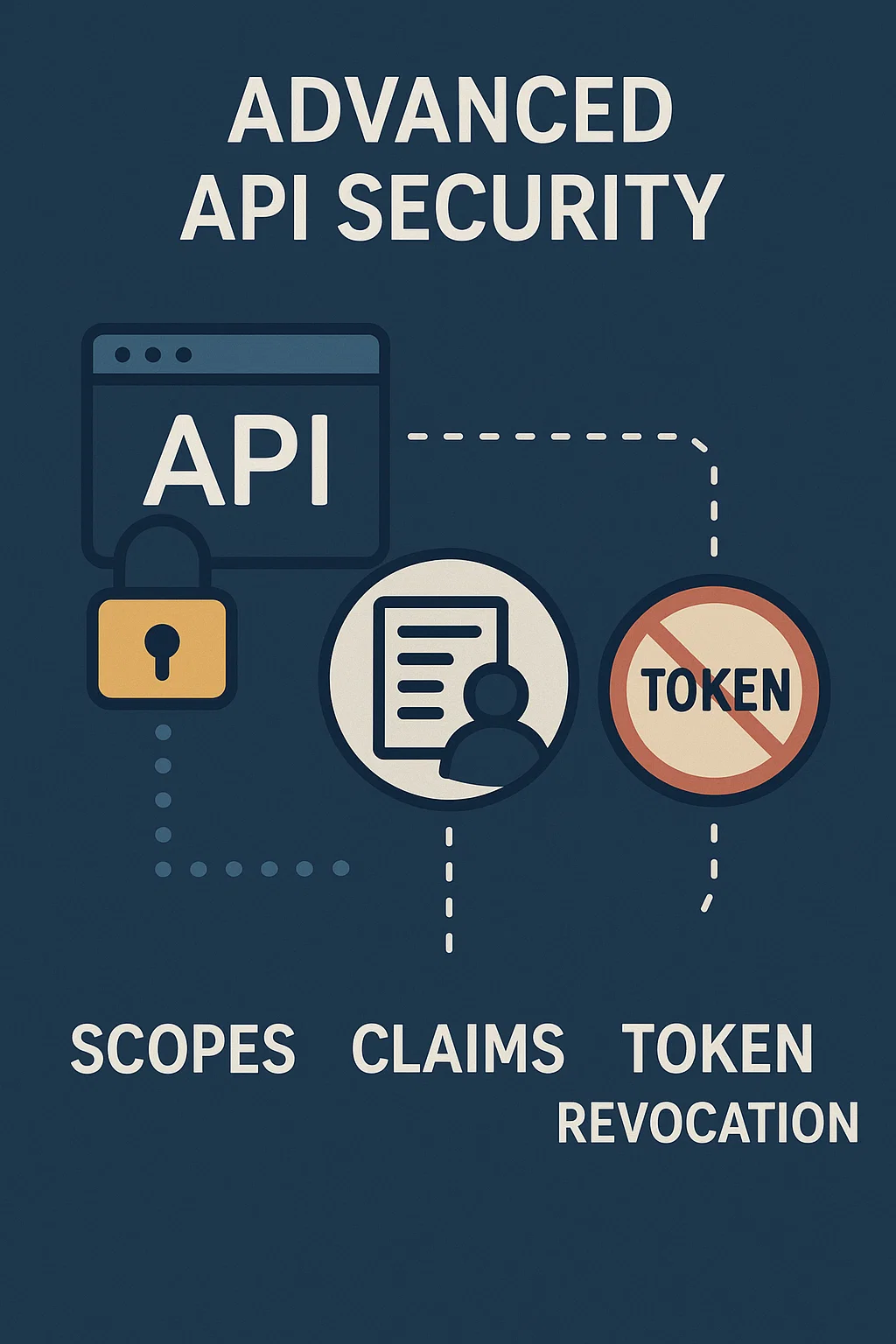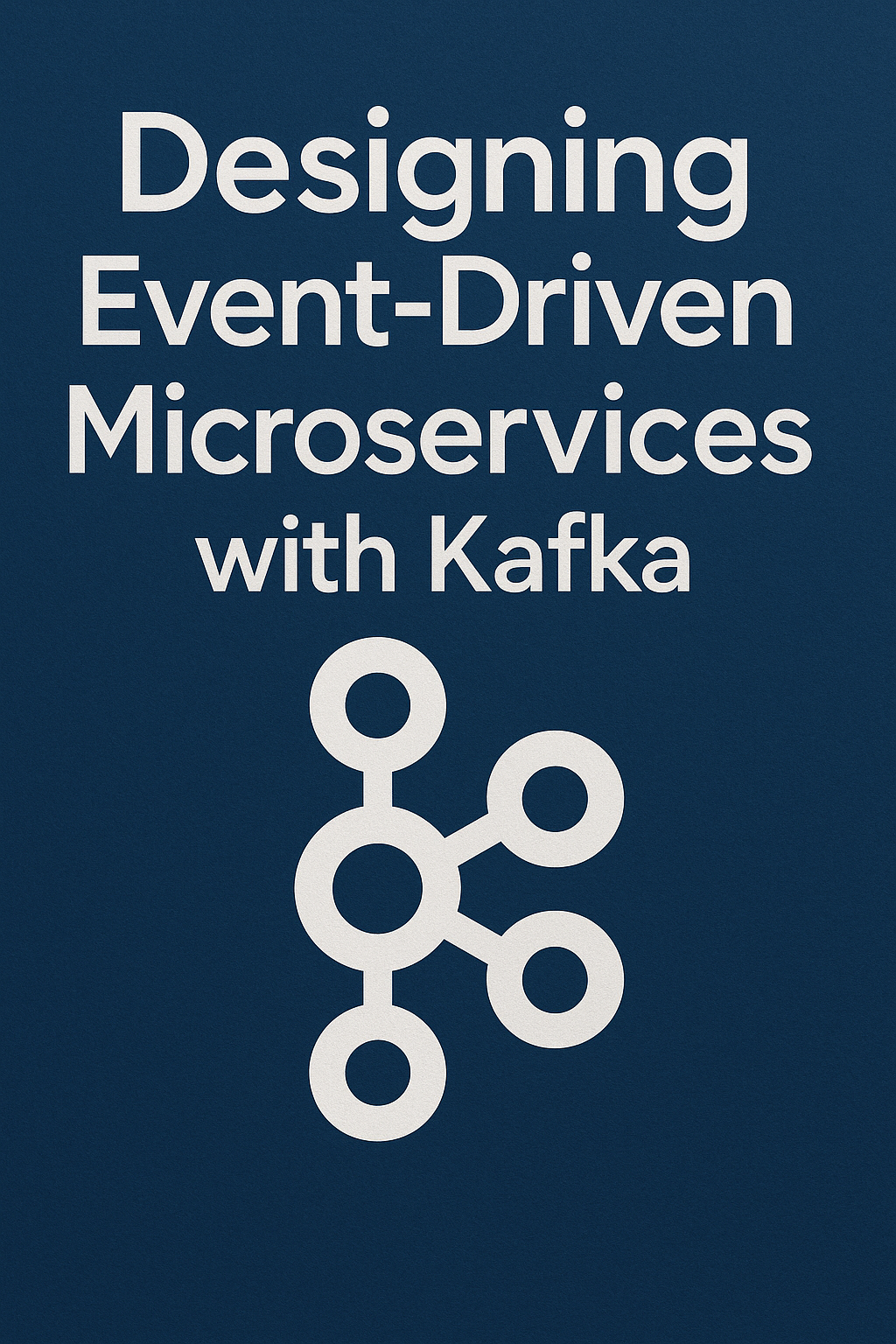
Introduction
REST has been the default API style for many years, but modern applications often need more flexibility. Instead of requesting fixed endpoints, clients want fine-grained control over the data they fetch. That’s where GraphQL shines. When combined with Spring Boot and the Netflix DGS framework, you can build type-safe, efficient, and developer-friendly GraphQL APIs. This post walks you through how GraphQL works, why the DGS framework is so useful, and how to start building production-ready GraphQL services.
What Is GraphQL?
GraphQL is a query language for APIs that lets clients request exactly the data they need — nothing more, nothing less. Unlike REST, which typically returns entire payloads, GraphQL resolves fields on demand. As a result, you reduce over-fetching and under-fetching, especially in complex frontends.
Key GraphQL Concepts
- Schema: Defines available types and fields.
- Queries: Retrieve data.
- Mutations: Modify data.
- Resolvers: Code that fetches values for each field.
- DataLoader: Optimizes repeated data fetching.
This structure makes GraphQL a natural fit for microservices and complex UIs.
Why Use Netflix DGS?
Netflix DGS (Domain Graph Service) is a GraphQL framework built on top of Spring Boot. It simplifies schema creation, resolver development, and data fetching. In addition, it includes built-in tooling such as code generation, DataLoader integration, and schema-first development.
Benefits of Using DGS
- Schema-first approach for clean API design
- Easy integration with Spring Boot
- Built-in DataLoader support to remove N+1 queries
- Automatic type generation
- Strong developer tools (testing, Gradle plugins, etc.)
Because of these advantages, DGS has become a preferred choice for Java-based GraphQL servers.
Creating a GraphQL Schema
In the DGS framework, you define schemas using .graphqls files.
Example Schema
type Query {
product(id: ID!): Product
products: [Product]
}
type Product {
id: ID!
name: String
price: Float
}
This schema describes two queries and a Product type. The DGS plugin can then generate Java types based on these definitions.
Implementing a Resolver
Resolvers map GraphQL fields to your backend logic. With DGS, creating a resolver is simple.
Example Resolver
@DgsComponent
public class ProductDataFetcher {
private final ProductService service;
public ProductDataFetcher(ProductService service) {
this.service = service;
}
@DgsQuery
public Product product(@InputArgument String id) {
return service.getProduct(id);
}
@DgsQuery
public List<Product> products() {
return service.getAllProducts();
}
}
The @DgsQuery annotation binds resolver methods directly to GraphQL queries.
Using DataLoader for Performance
GraphQL often triggers multiple nested fetches, which can cause performance issues. The DGS framework includes DataLoader, a batching tool that reduces repeated queries.
Example DataLoader
@DgsDataLoader
public class ProductLoader implements BatchLoader<String, Product> {
private final ProductService service;
public ProductLoader(ProductService service) {
this.service = service;
}
@Override
public CompletionStage<List<Product>> load(List<String> ids) {
return CompletableFuture.supplyAsync(() -> service.getProductsByIds(ids));
}
}
With DataLoader, repeated queries for products become a single batched query.
Handling Mutations
GraphQL mutations handle create, update, and delete operations.
Example Mutation
@DgsComponent
public class ProductMutation {
private final ProductService service;
@DgsMutation
public Product createProduct(@InputArgument ProductInput input) {
return service.create(input);
}
}
Integrating with Spring Boot Services
Because DGS is built on Spring Boot, you can use your usual layers:
- Service classes
- JPA repositories
- Validation
- AOP logging
- Spring Security
This keeps your GraphQL API aligned with your existing Spring architecture.
Testing Your GraphQL API
DGS includes great testing utilities. You can write tests using the DgsQueryExecutor:
@Autowired
DgsQueryExecutor executor;
@Test
void testProductQuery() {
String query = "{ product(id: \"1\") { name price } }";
Map<String, Object> result = executor.execute(query).getData();
}
This makes it easy to validate GraphQL queries during CI/CD.
When to Choose GraphQL
Use GraphQL when:
- Your frontend requires flexible data shapes
- Multiple clients (web, mobile, dashboards) consume your API
- You want to reduce API versioning complexity
- You need to aggregate data from several microservices
However, GraphQL may not suit extremely simple CRUD apps or high-frequency streaming workloads.
Final Thoughts
Building GraphQL APIs with Spring Boot and Netflix DGS gives you a powerful and flexible API layer. You design your schema first, implement clean resolvers, and optimize performance using DataLoader. The result is a fast, structured, and developer-friendly API that scales well as your application grows. To learn more about API strategies in Spring systems, read API Routing with Spring Cloud Gateway. For deeper technical details, explore the Netflix DGS documentation.


